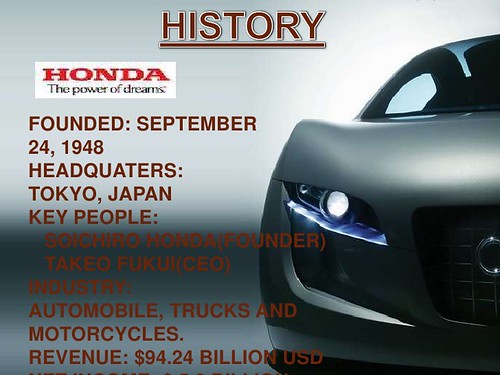Thabo Mbeki resigns as president of South Africa.
Thabo Mbeki is a South African politician who played a significant role in the country’s history, particularly during the late 20th and early 21st centuries. He was born on June 18, 1942, in Mbewuleni, South Africa. Mbeki is known for his involvement in the anti-apartheid struggle and his leadership in the African National Congress (ANC).
Anti-Apartheid Activism: Thabo Mbeki was born into a politically active family. His father, Govan Mbeki, was a prominent ANC leader. Thabo Mbeki became involved in anti-apartheid activism from a young age, and he went into exile in the early 1960s to avoid arrest and persecution by the apartheid regime.
Education: Mbeki received his education in exile, studying in the United Kingdom and at the University of Sussex, where he obtained a master’s degree in economics. He also received military training in the Soviet Union.
Diplomacy and International Relations: During his years in exile, Mbeki played a crucial role in the ANC’s diplomatic efforts to garner international support for the anti-apartheid movement. He was involved in negotiations with foreign governments and organizations sympathetic to the ANC’s cause.
Negotiations to End Apartheid: Thabo Mbeki was part of the ANC delegation that engaged in negotiations with the apartheid government to end racial segregation and transition South Africa to a democratic system. These negotiations ultimately led to the country’s first multiracial democratic elections in 1994.
Presidency: After the ANC’s victory in the 1994 elections, Thabo Mbeki became South Africa’s second post-apartheid president, succeeding Nelson Mandela. He served two terms as president, from 1999 to 2008.
Policy Initiatives: Mbeki’s presidency was marked by various policy initiatives, including the establishment of the Black Economic Empowerment (BEE) program aimed at addressing economic disparities between racial groups in South Africa. His government also focused on HIV/AIDS and introduced the controversial stance of questioning the link between HIV and AIDS.
Controversies: Thabo Mbeki’s presidency was not without controversy. His handling of the HIV/AIDS crisis, characterized by skepticism about the causes of AIDS and reluctance to provide antiretroviral treatment, drew criticism both domestically and internationally. This approach was widely criticized for exacerbating the HIV/AIDS epidemic in South Africa.
Resignation: In 2008, amid political turmoil and pressure from within the ANC, Thabo Mbeki resigned as South Africa’s president. This followed a protracted power struggle within the ANC and allegations of political interference in the judicial system.
After leaving the presidency, Mbeki remained active in African politics and diplomacy, serving as a mediator in various African conflicts and participating in international forums.


